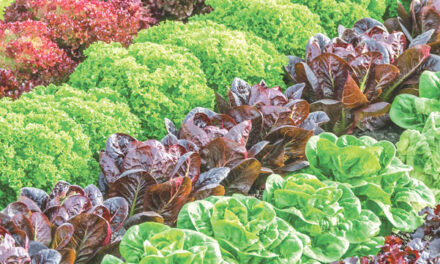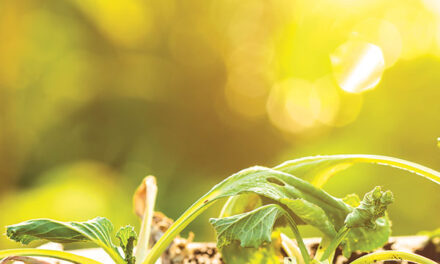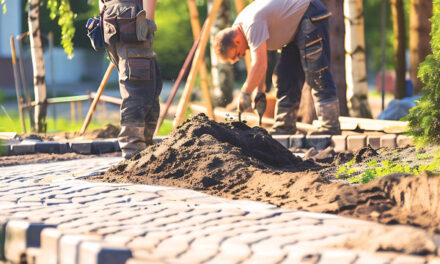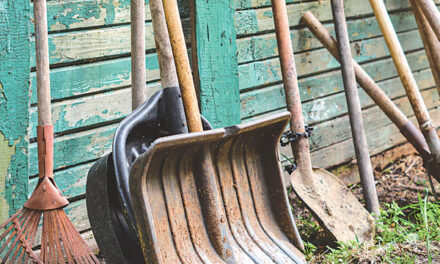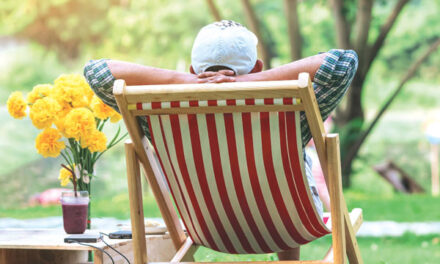Rising utility bills and grocery prices can be a gut-punch, especially when tethered to other daily challenges. No wonder studies reveal sufferings from anxiety and depression have tripled in recent years.
Beat back the blues with flowers! Containers of cheery, happy blooms fill the heart with joy.
Trek to the neighborhood nursery and buy armfuls of ostentatious annuals. Select big, bold containers and sacks of quality potting soil. These are baby steps to designing and erecting an adult happy place. Spectacular containers add decorative focal points and supercharge an emotional boost and sense of accomplishment.
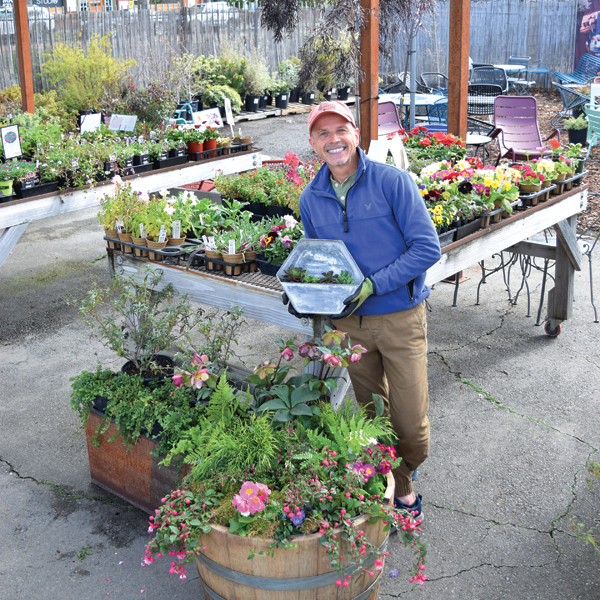
You can design flower art from a blank canvas. Arrange pots where they can be viewed from inside the home. An eyeful of beauty should be enjoyed multiple times a day, inside and outside.
A dandy benefit of flower pots is they can be hung or wall mounted. Containers, like people, are a variety of shapes and sizes.
“So many different choices,” says Greg Howes, sales specialist at The Plant Foundry Nursery & Store. “Really depends on where your container is going to be located and the design aesthetic you are after. For general purposes, you can’t go wrong with terra cotta (fired clay).”
Howes designs the nursery’s display flower containers. He prefers a 24-inch-wide pot because it lends itself to several design choices. A half wine barrel is ideal for larger plantings. Pots made from fiberglass, resin, wood, concrete, metal and ceramic are options.
Before purchasing plants, consider where to place centerpiece containers. Most summer annuals love full to mostly sun. Others, like coleus and coral bells, prefer partial shade. Search the label for sunlight requirements. Choose with form in mind.
“For mixed plantings, I often adhere to the thriller-filler-spiller formula,” Howes says. “Thrillers are taller, like grasses, perhaps. Fillers would be a low-growing plant that spreads, like verbena or thymes. For spillers, I love things like Million Bells and potato vines.”
Million Bells may be labeled Super Bells. Blooming non-stop throughout the summer and deep into fall, the tiny petunia-like flowers are a waterfall of striking color.
Choosing bloom colors can be simplified using the standard color wheel that determines complimentary, harmonious color combinations. For instance, purple goes with yellow, blue marries orange and red loves green. Howes says his go-to color combination is purple with orange or yellow.
“Color wheels are great, especially for those who might be unsure and are trying to match or complement house color or something else,” he says. “In the end, it is your container and should please you first and foremost.”
How many plants are too many for the pot? Depends on the container and how large your choices will become at maturity.
“Ah, this is where things can get confusing and tricky,” Howes says. “Folks generally are looking for containers to match what they see at upscale shopping centers and on pages of publications like Sunset. They are almost always over-planted to produce that overflowing, lush and abundant look that is pleasing to the eye. In a 24-inch-wide pot, I would say plant as few as five and perhaps up to eight to 10, depending on the choice of plants.”
Mix a quality fertilizer into the potting soil during planting and feed with an all-purpose fertilizer during the season. Howes hand waters his containers so he can “check in” with plants daily. I prefer drip irrigation on a timer.
Arranging flower pots to maximize impact is best achieved in the traditional design grouping of odd numbers, three or five pots. Varying heights is another impact design principle.
“Groupings of three are always correct to the eye,” Howes says. “If I am arranging multiple containers, using odd numbers always looks best. There are places where a single or standalone container would work best and have great impact. I tell folks to experiment and try different placements. Think of your outdoor spaces as you do rooms in your home when decorating. It’s all art!”
Dan Vierria is a University of California Cooperative Extension Master Gardener for Sacramento County. He can be reached at masterg29@gmail.com. For answers to gardening questions, contact the UCCE Master Gardeners at (916) 876-5338, email mgsacramento@ucanr.edu or visit sacmg.ucanr.edu. Follow us on Facebook, Twitter and Instagram: @insidesacramento.




